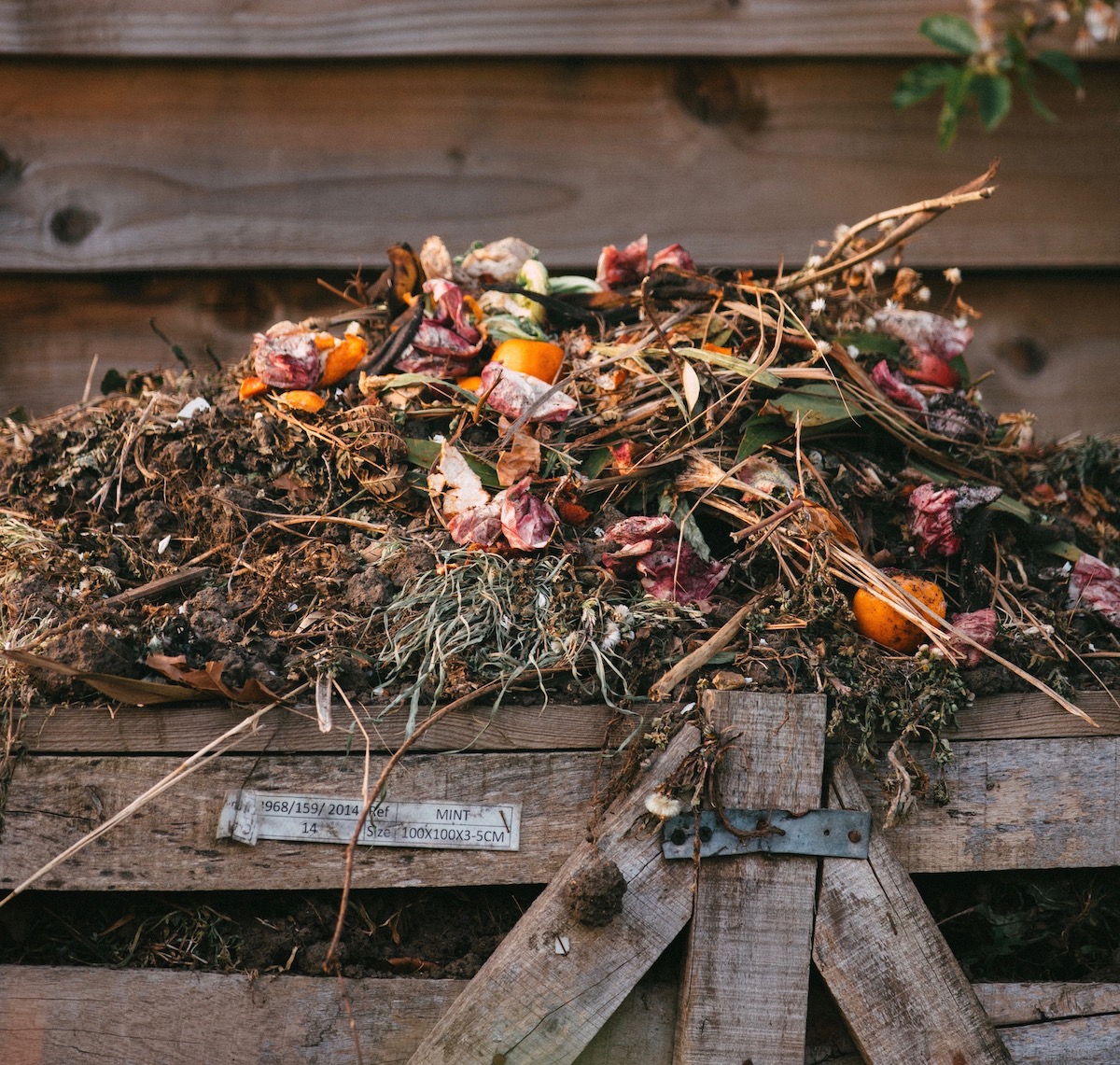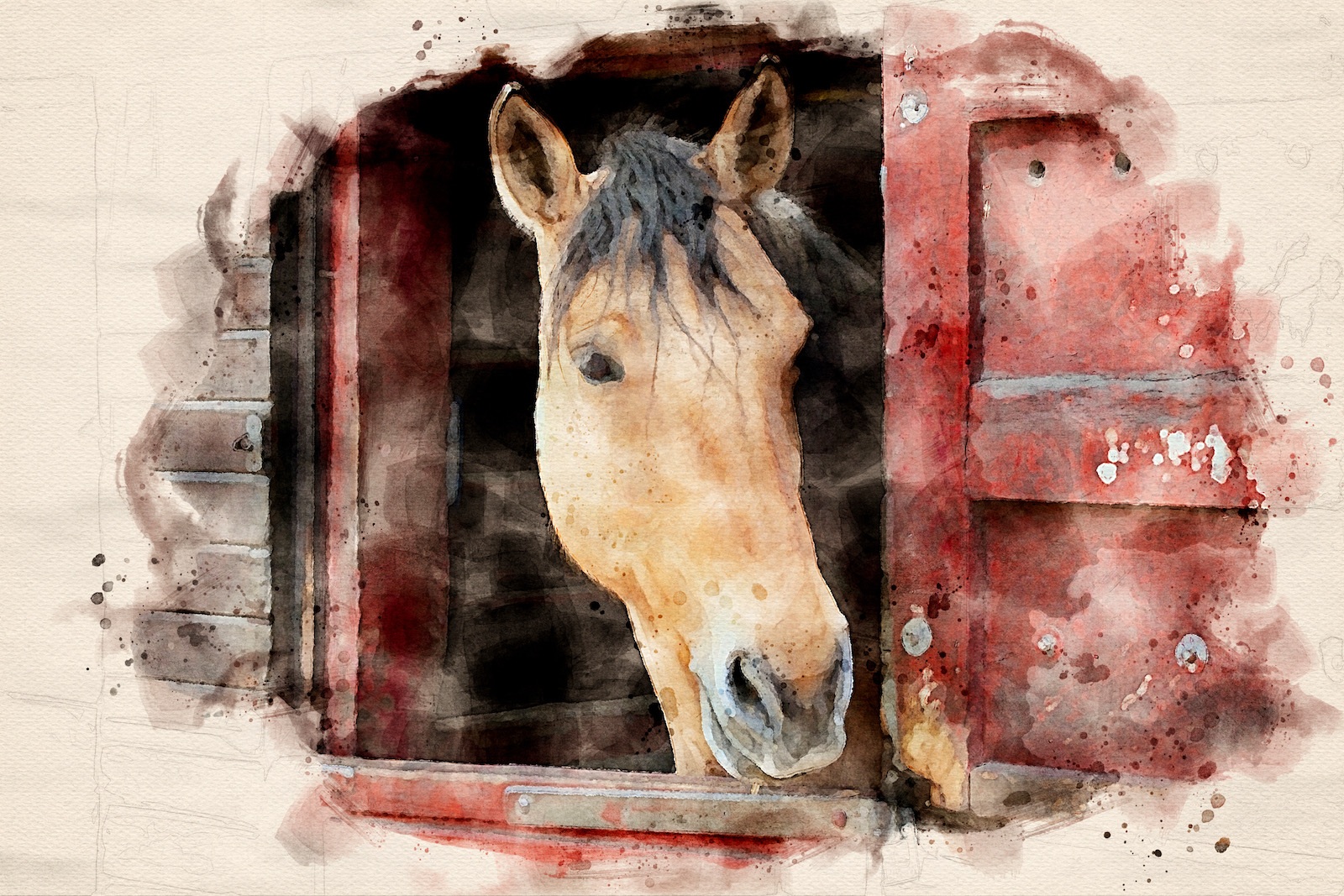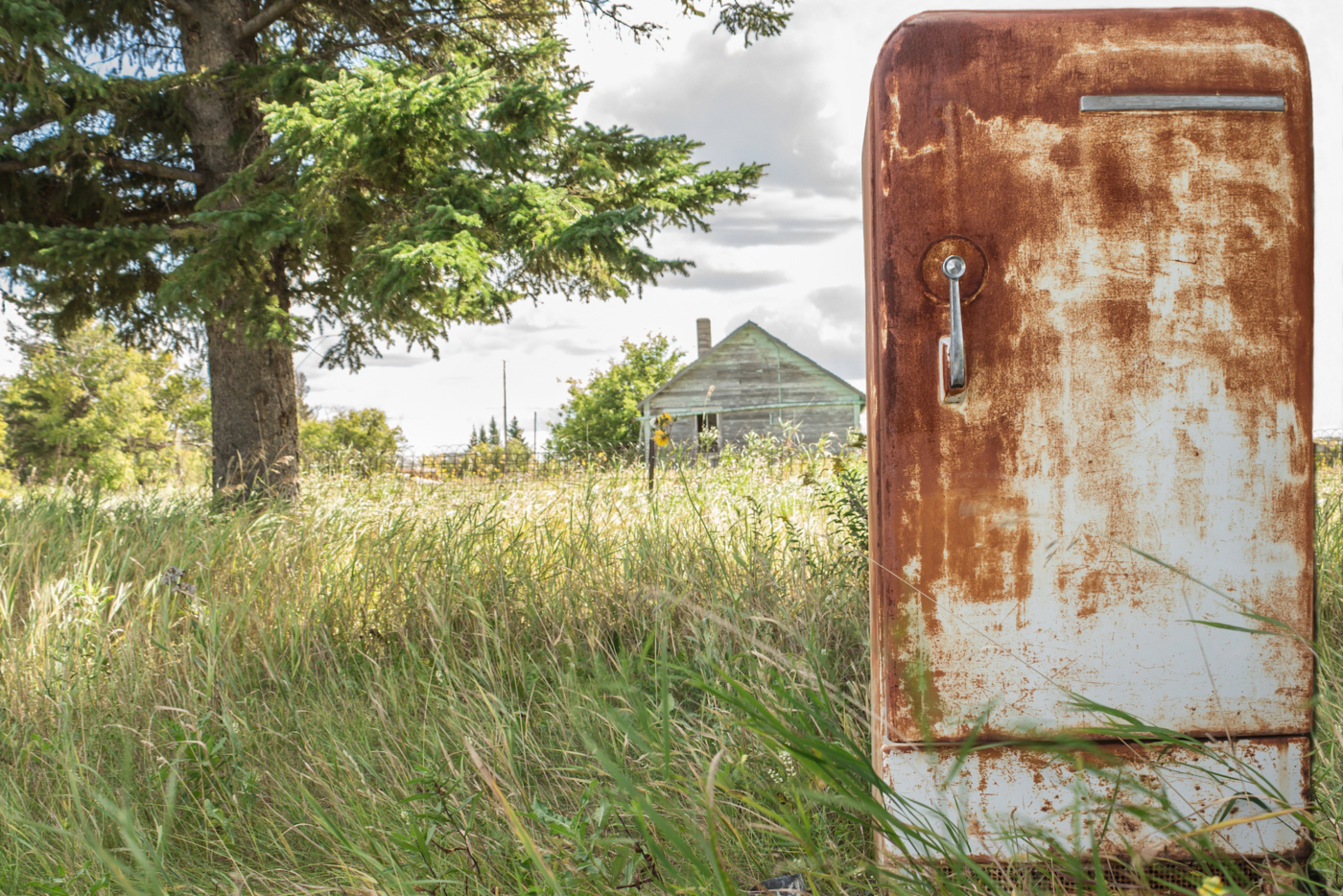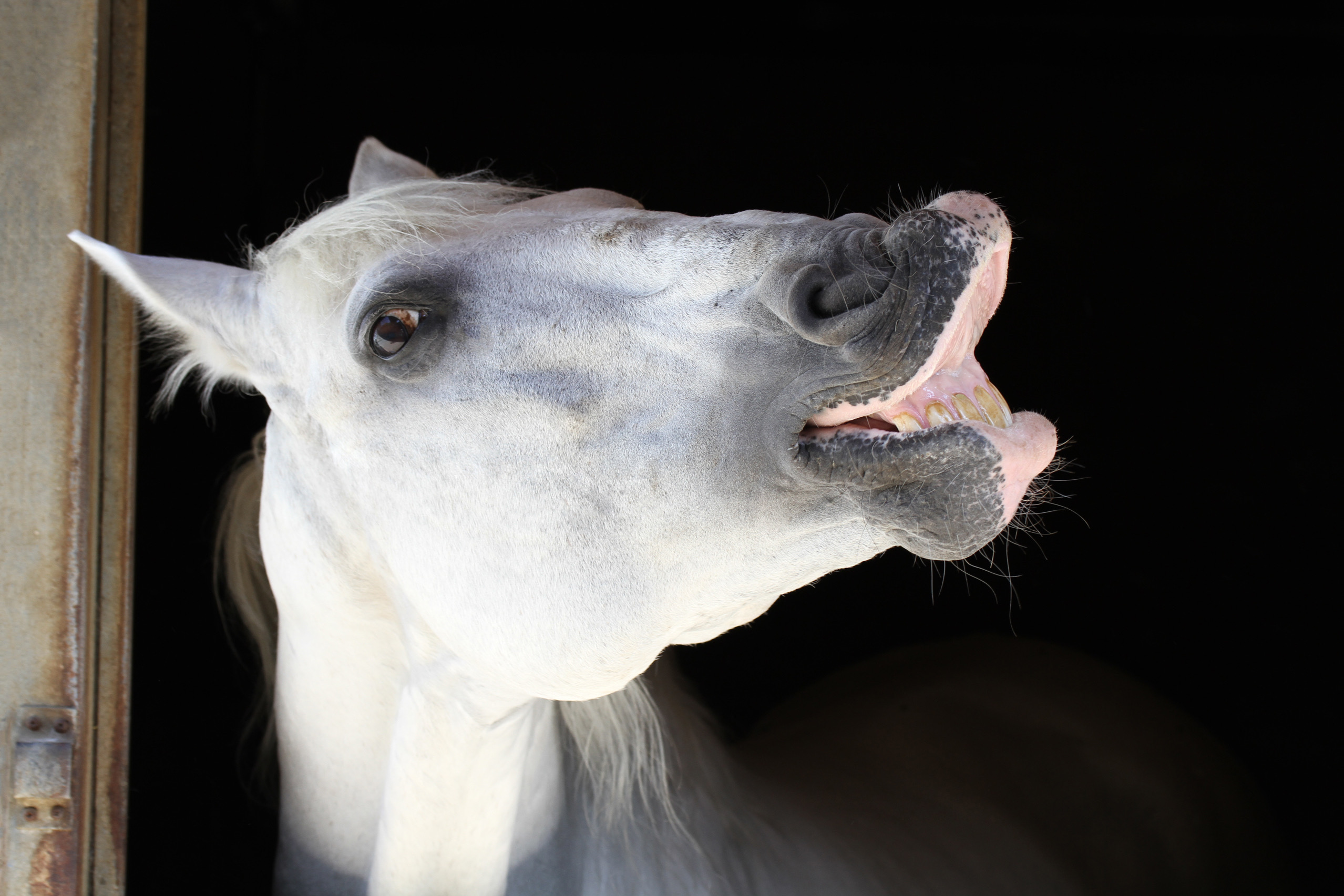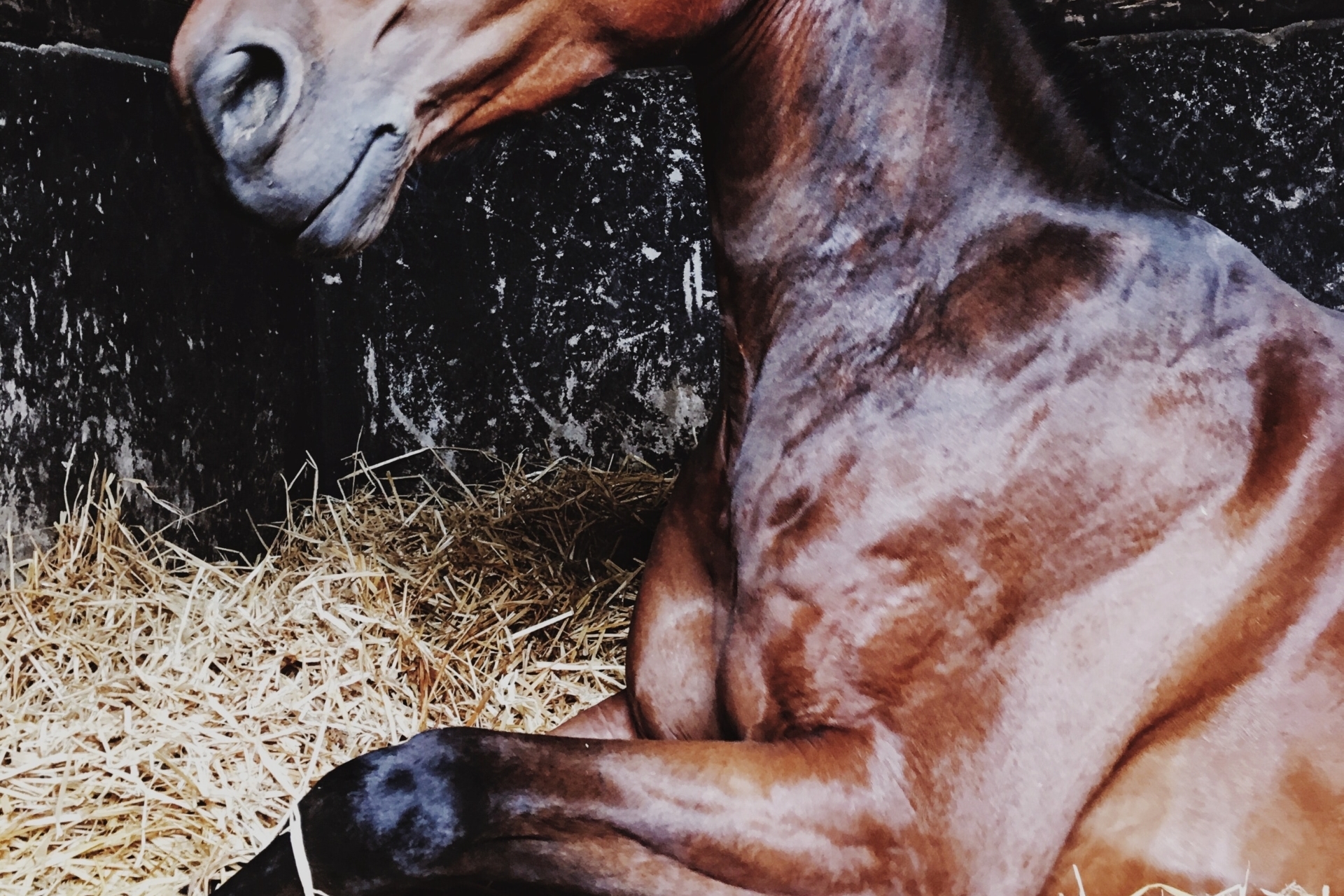If you’ve been following along with us over the last couple of years, you probably know that we fancy ourselves climate crusaders. We like to think we do our part to help mitigate and reverse some of the destruction that human activity has unleashed upon our only planet, and our research has proven to us that much of that process starts at home. On previous Fridays we’ve highlighted greener cleaners, ways to avoid single-use plastics, an earth friendly gardening guide, and have often detailed super useful, planet-friendly products. This week, our crusade continues, and – to be frank – we’re discussing scraps and craps.
First up, CliffsNotes on how and why turning the organic waste from one’s kitchen into nutrients for one’s garden is a simple, effective way of reducing environmental impact. Follow a few basic rules – outlined below – and it’s quite a bit easier than you might think. And finally, anyone who has spent any time at the stables knows that a large part of horse husbandry is manure management: shoveling it, transporting it, and somehow disposing of it. At OR Oeste, our preferred method of muck ministration is spreading with this marvel of modern technology, but at OR East we prefer to – you guessed it – compost! Scroll for our quick-start guide to composting around the barn.
Perhaps They’re More Than Scraps
Breaking News: landfills are a large contributor of methane (a greenhouse gas) in the environment. When organic materials (orange peels, egg shells, leaves) begin to decompose in an anaerobic environment (like underground), they release methane into the atmosphere. Methane holds twenty-five times more heat than carbon dioxide, which is bad news. However, the good news is that it’s an issue that is easily rectified! Very simple at-home composting can minimize landfill-generated methane, while simultaneously substituting for commercial fertilizers for house plants and gardens. Below, our guide to quick and easy composting that can be performed at any scale.
WHAT:
- Decide what you will compost. Inedible parts of fruits and vegetables (banana peels, etc.) are perfect for compost. Meat products tend to attract critters (and canine companions), so we choose to leave those out. Pro tip: “compostable” items like produce bags from the grocery store need to be broken down in a professional facility, so leave those out, as well.
- Composting isn’t about dumping a bunch of food waste in a pile. There is a layering technique involved (we swear, it’s not that complicated!), so scraps need to be stored until they’re ready to add to the pile in the correct quantity and order. We do this in a large silicone zip bag in the freezer, because frozen food waste has less ick-factor.
WHERE:
- Any outdoor space will do, and it doesn’t have to be complicated. An old plastic storage container or garbage bin can be used for compost on a small scale, and on a larger scale, the sky is the limit. There is also nothing wrong with a big ole pile if you have the space to tuck it away somewhere.
- Even apartment dwellers are capable of vermicomposting; a large container (~5 gallons) and some worms (that’s the “vermi” part) are enough to get the job started. That said, if having a box of worms and old food in your apartment isn’t your style, we recommend finding a friend or community garden that will accept your leftovers. And if you’re not an apartment dweller, do make sure to tell your apartment-bound friends that they’re welcome to bring their kitchen waste to your compost pile. Sharing is caring!
HOW:
- There are two basic types of compost materials: greens and browns. Greens are typically wetter items, like food scraps (squash tops, melon rinds, coffee grounds), and they contribute nitrogen to the compost. Browns are typically drier items (sticks, leaves, shredded newspapers), and they contribute carbon.
- As we mentioned, the trick to successful compost is layering. Browns go on the bottom, and greens go on the top, rinse, repeat. Over time, a striated pile of compost consisting of multiple layers of browns and greens (ideally, in a 4:1 ratio) is formed. This is important, because the browns allow for aeration, which in turn allows microorganisms to get their jobs done. A sopping wet pile of greens will simply become a stinking, rotting mess.
- A fresh compost pile will create heat (hopefully upwards of 130 degrees), and should be turned or disrupted on a regular basis to manage temperatures and increase airflow. We recommend investing in a compost thermometer. When the center of the compost pile is above 100 degrees, do not disturb. When the temperature drops below that level, it’s time to aerate.
- Then we wait. It takes 2-6 months to turn waste into usable compost, but the time frame is highly dependent upon the weather, humidity, size of the pile, etc.
- Harvest! The compost is ready when it smells lush and earthy. Adding compost to soil enriches it, minimizes or eliminates the need for chemical fertilizers, and encourages beneficial bacteria. But always remember, compost feeds the soil, and is not to be confused with the soil itself.
Sh*t Happens
An average horse produces 50 pounds of manure a day. Add soiled bedding along with picked-over hay, and the waste pile quickly takes on a life of its own—literally. Living organisms found in horse manure (such as insect larvae) can create a variety of problems for grazing animals, while bacteria contaminates surface and groundwater. Additionally, mounds of untreated excrement pilfer the nitrogen supply from nearby flora and fauna. The good news (again!) is that composting solves these problems and more, keeping one’s farm both “green” and clean: when managed properly, composted horse manure provides incredible nutrition for soil used in agricultural fields, pastures, or gardens, helps minimize weeds and plant disease, and protects local water sources.
WHAT:
- All organic matter typically found in stalls and paddocks—from leaves and apple cores to shavings—can be composted. Some materials break down faster than others and are better for the soil, such as hemp-based bedding vs. traditional wood shavings, therefore accelerating the process.
- Similar to at-home composting, you can’t expect to sit back and watch your heap decompose. Composting requires work. This is why many horse owners (including us!) embrace manure-spreading. However, composting before spreading destroys many parasites and other unwanted organisms in the manure, and slows the release of nitrogen in the form of ammonia that can burn plants.
WHERE:
- The location and position of your composting manure pile is extremely important. Mounds should be placed far from grazing horses to prevent the spread of parasites. The site should be well-drained and level, though if your only option is a slope, make sure the pile is parallel to the slope with no water source at the base that is vulnerable to runoff.
- Smaller farms might opt for compost bins to keep the process neat and tidy. Bin systems can be customized to accommodate moving, turning, and emptying either by hand or by tractor. A classic system of three bins allows one to separate fresh waste, “marinating” waste, and finishing waste.
HOW:
- The basics of manure composting mimic that of the at-home version outlined above on a grander scale and with a few tweaks. First, manure piles are generally huge with the ability to leach waste into the ground, so a protective layer, such as a concrete pad, between the pile and the ground will prevent contamination.
- Next, the shape of the mound should look like a narrow table with a flat top to capture precipitation. Manure composts should retain a moisture content of 60-65%, “like a moist sponge,” according to Steven Wisbaum, founder of Champlain Valley Compost Co. in Vermont and an advisor throughout the Northeast. Wisbaum has designed compost covers that protect mounds from excessive moisture while allowing for necessary airflow, as well as drip systems for even watering.
- Turn, baby, turn! Wisbaum recommends turning piles once or twice a month for sufficient aeration and before the internal temperature drops below 100 degrees.
- Horse owners battling Old Man Winter can take a break. In severely cold climates, unfinished compost piles can sit (ideally protected) until the weather improves and proper heating and turning can commence.
- Horse farms that are managing large volumes of waste should be familiar with state guidelines in order to adhere to environmental controls. Wisbaum provides a helpful manual with simple instructions and illustrations to jump start your “waste not, want not” operation!


